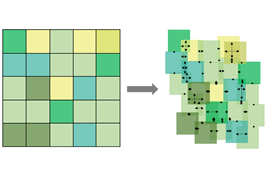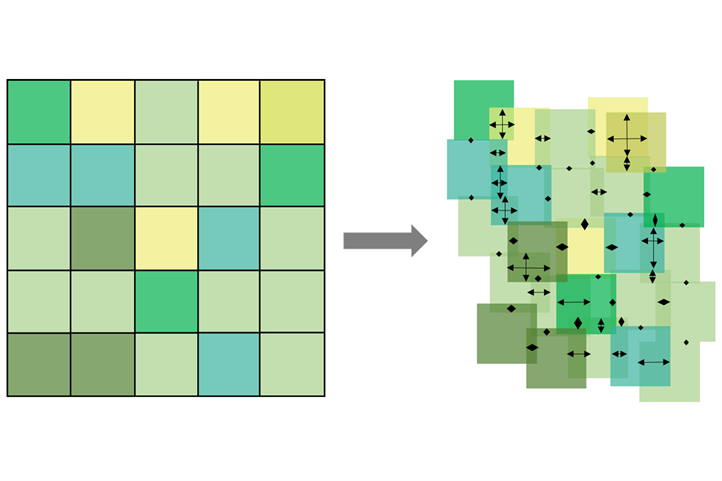15.02.2022

How can we move beyond treating agricultural landscapes as the sum of spatially explicit units to treating them as one complex unit when researching and managing for biodiversity and yields?
In a recently published perspective piece, ZALF researchers and alumni outlined how transition zones (TZ) might be used to facilitate an integrated landscape approach.
Along the following approaches and questions, the authors demonstrate how the concept of transition zones can be used in integrated landscape research:
- For a deeper understanding of how landscape structure shapes quantity and quality of transition zones, it is important to look at plant and animal species’ use and response to boundaries and the resulting effects on yield.
- What role does local knowledge play on field or patch-level management and its interactions with biodiversity and yield in transition zones?
- How can conflict prevention and collaborative management across land use boundaries be facilitated? As such, it is critical to understand agro-ecological interactions between land-use systems as connected to social interactions.
Further information:
Pictures
For downloading the pictures please click on a picture and use the icon.


Paradigm shift from conceptualizing biodiversity conservation and yield production as compartmentalized, distinct units in agricultural landscapes that are treated individually, to conceptualizing biodiversity patterns and yield production as overlapping and interacting between land uses throughout an agricultural landscape. | Source: © Maria Kernecker / ZALF.
